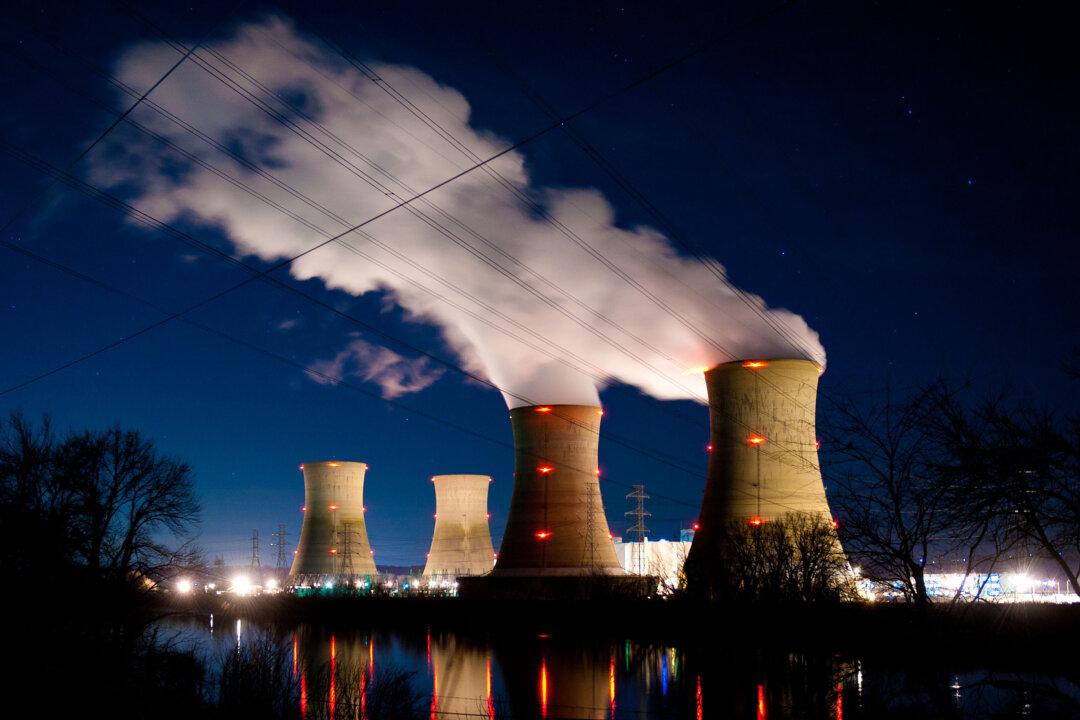Commentary
On Sept. 20, the notorious Three Mile Island (TMI) Nuclear Generating Station in Middletown, Pennsylvania, generated its last kilowatt of electrical energy. Exelon Generation, the operating company, closed TMI for economic reasons.


On Sept. 20, the notorious Three Mile Island (TMI) Nuclear Generating Station in Middletown, Pennsylvania, generated its last kilowatt of electrical energy. Exelon Generation, the operating company, closed TMI for economic reasons.